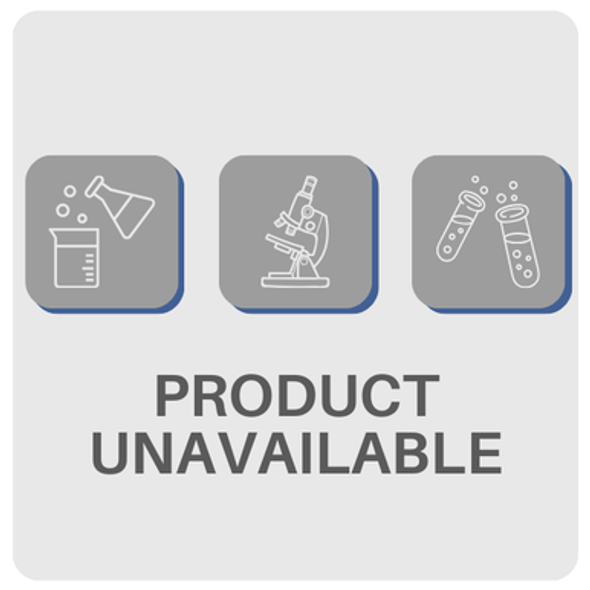Description
Oxoid™ Palcam Agar Base (500g) CM0877B is a selective medium used for the isolation and identification of Listeria monocytogenes from food, environmental, and clinical samples. The medium is formulated with selective agents and chromogenic substrates, allowing for the differentiation of Listeria monocytogenes based on its characteristic growth and morphology.
Key Features:
- Form: Dehydrated powder
- Weight: 500g
- Application: Selective isolation and identification of Listeria monocytogenes
- Composition: Contains selective agents such as lithium chloride and acriflavine to inhibit the growth of competing bacteria; chromogenic substrates enable differentiation of Listeria monocytogenes
- Preparation: Suspend 47g in 1 litre of distilled water, mix thoroughly, and autoclave at 121°C for 15 minutes. Once cooled, supplement with the Oxoid™ Palcam Selective Supplement as recommended.
- Yield: Approximately 10 litres of prepared medium
- Storage: Store the dehydrated medium at 10–30°C, protected from moisture and light
- Compliance: Suitable for use in microbiological testing protocols for the detection of Listeria monocytogenes








